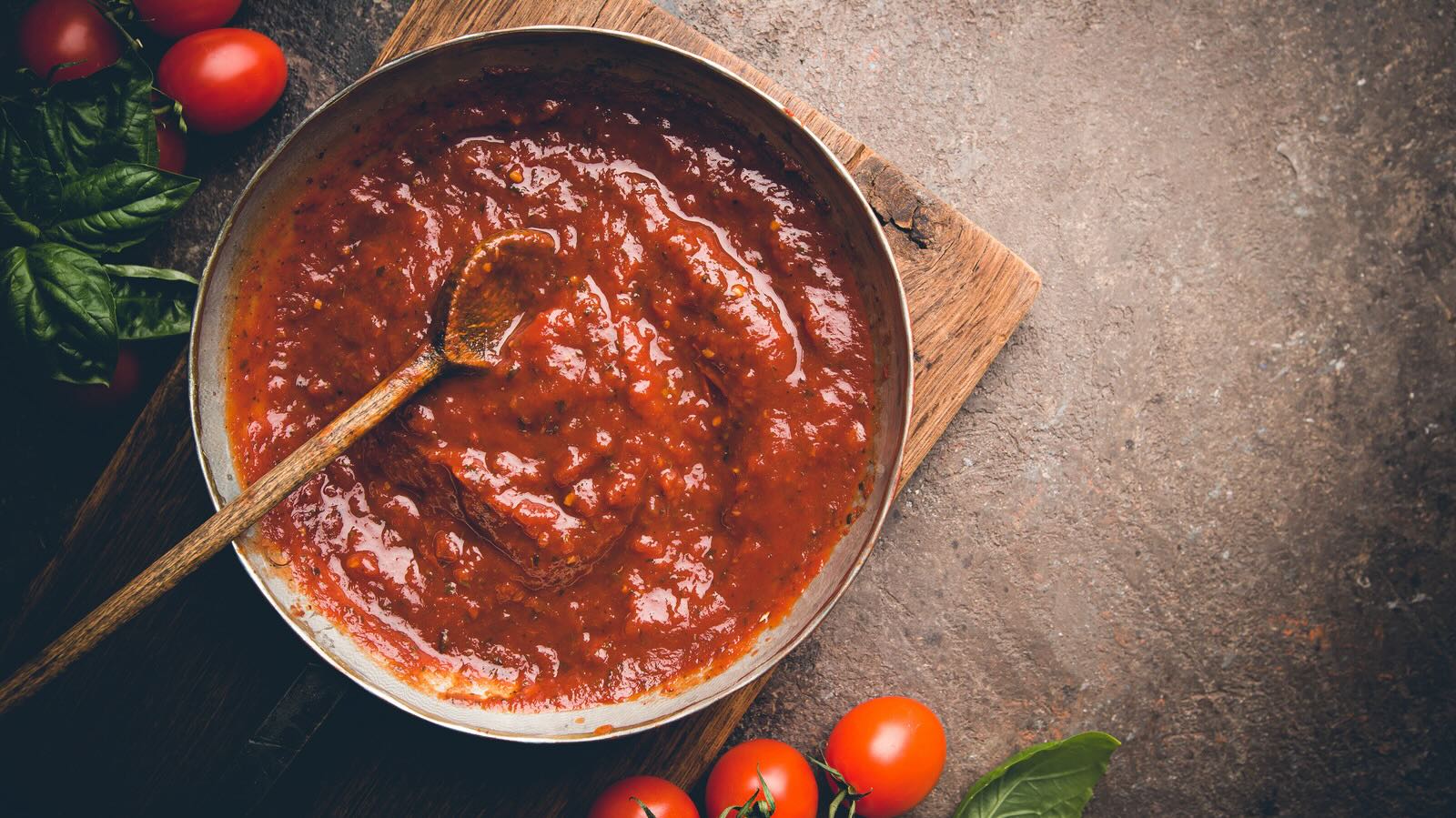

Articles
How To Store Pasta Sauce In Freezer
Modified: February 23, 2024
Learn the best methods for storing pasta sauce in the freezer with our helpful articles. Follow these step-by-step instructions and keep your sauce fresh and ready to use.
(Many of the links in this article redirect to a specific reviewed product. Your purchase of these products through affiliate links helps to generate commission for Storables.com, at no extra cost. Learn more)
Introduction
When it comes to enjoying a delicious plate of pasta, the sauce plays a vital role in enhancing the flavors. Whether it is a homemade marinara sauce or a rich and creamy Alfredo sauce, having a batch of pasta sauce readily available can save you time and effort in the kitchen. However, if you find yourself with leftover pasta sauce or want to make a large batch ahead of time, storing it in the freezer is a great option to preserve its freshness.
In this article, we will explore the benefits of storing pasta sauce in the freezer and provide you with practical tips and tricks to ensure optimal results. From choosing the right container to preparing the sauce for freezing and properly thawing it, we’ve got you covered.
By learning how to store pasta sauce in the freezer, you can conveniently have homemade sauce available whenever you’re in the mood for a quick and delicious pasta dinner. Plus, it’s a fantastic way to minimize food waste and make the most of your culinary creations.
Key Takeaways:
- Preserve the Flavor: Freezing pasta sauce prolongs its freshness, reduces food waste, and provides convenient, quick meal options for busy days, ensuring you always have delicious homemade sauce on hand.
- Proper Preparation is Key: Choosing the right containers, portioning, labeling, and following thawing and reheating techniques are essential for maintaining the quality and flavor of frozen pasta sauce, making meal planning a breeze.
Read more: How To Store Cooked Pasta With Sauce
Why store pasta sauce in the freezer?
There are several reasons why storing pasta sauce in the freezer is a great option:
- Prolongs freshness: Freezing pasta sauce helps to extend its shelf life significantly. By storing it in the freezer, you can preserve the flavors, nutrients, and quality of the sauce for a longer period, allowing you to enjoy it at your convenience.
- Convenience: Freezing pasta sauce allows for easy meal planning and preparation. By having a stash of frozen sauce on hand, you can quickly whip up a delicious pasta dish without the need for extensive cooking or preparation time.
- Reduces food waste: Leftover pasta sauce often ends up being discarded if not consumed within a few days. Freezing the sauce ensures that it doesn’t go to waste and can be used in future meals.
- Prevents spoilage: When pasta sauce is kept in the refrigerator for an extended period, it can start to spoil, leading to an unpleasant odor and taste. Freezing prevents spoilage and maintains the integrity of the sauce.
- Economical: Making homemade pasta sauce can be time-consuming, and it’s often cost-efficient to prepare a large batch. Freezing the excess sauce means you can enjoy the fruits of your labor without worrying about it going bad.
Whether you want to have pasta sauce readily available for busy weeknights or you simply enjoy the convenience of having a variety of sauces at your disposal, freezing pasta sauce is a smart choice. With the right techniques and storage methods, you can preserve the quality and flavor of the sauce, enhancing your culinary experience.
Choosing the right container for freezing pasta sauce
When it comes to freezing pasta sauce, selecting the right container is crucial to maintain the quality and prevent freezer burn. Here are some considerations to keep in mind:
- Airtightness: Opt for containers that have airtight seals to prevent air from entering and freezer burn from occurring. This will help to maintain the freshness and flavor of the sauce.
- Material: Choose containers made of high-quality materials such as glass or BPA-free plastic. These materials are freezer-friendly and won’t leach any harmful chemicals into the sauce.
- Size: Consider portion sizes when selecting containers. It’s advisable to use smaller containers or freezer bags to freeze individual or family-sized serving portions. This way, you can easily thaw only what you need without having to defrost the entire batch.
- Freezer-safe: Ensure that the containers you choose are specifically labeled as freezer-safe. Regular plastic containers may not withstand the freezing temperatures and could crack or break.
- Stackability: If space is limited in your freezer, look for containers that are stackable. This will help you maximize the available space and keep your freezer organized.
Some popular options for freezing pasta sauce include glass containers with airtight lids, mason jars, freezer bags, or even ice cube trays for portioning smaller amounts. Choose the container that best suits your needs and preferences.
Before filling the containers, make sure they are clean and dry to prevent any bacterial growth. Leave some headspace in the container to allow for expansion as the sauce freezes.
By investing in the right containers and taking these factors into consideration, you can ensure the maximum quality and longevity of your frozen pasta sauce. This will make it easier for you to use and enjoy the sauce whenever you desire a delicious pasta meal.
Preparing the pasta sauce for freezing
Before you freeze your pasta sauce, it’s important to properly prepare it to maintain its taste and texture. Here are some steps to follow:
- Cooling: Allow the pasta sauce to cool completely before transferring it to the freezer containers. This will help prevent condensation, which can lead to ice crystals and affect the quality of the sauce.
- Divide into portions: If you made a large batch of pasta sauce, consider dividing it into smaller portions. This way, you can thaw only what you need without having to defrost the entire container.
- Label and date: Use a permanent marker or freezer-safe labels to clearly label each container with the type of sauce and the date it was prepared. This will help you keep track of the sauce and its freshness over time.
- Remove excess air: If using freezer bags, remove as much air as possible before sealing. This helps to prevent freezer burn and maintains the quality of the sauce.
- Leave headspace: Leave some room at the top of the container or bag to allow for expansion as the sauce freezes. This helps prevent containers from cracking or bursting due to the expanding liquid.
Additionally, consider any specific ingredients or materials in your pasta sauce that may impact freezing. For example, cream-based sauces may separate slightly after freezing and thawing. However, a quick stir or reheat should help restore the creamy consistency.
By following these preparation tips, you can ensure that your pasta sauce is ready for freezing and will maintain its flavor and texture when thawed. Properly prepared pasta sauce will make future meals quicker and more convenient without compromising on taste.
When storing pasta sauce in the freezer, use airtight containers or resealable freezer bags to prevent freezer burn. Leave some room at the top for expansion, and label with the date for easy reference.
Freezing the pasta sauce
Now that your pasta sauce is prepared and ready to be frozen, here are some steps to ensure proper freezing:
- Transfer to containers: Carefully pour or ladle the pasta sauce into your chosen freezer-safe containers. Leave a bit of headspace at the top to allow for expansion.
- Seal and secure: Ensure that your containers are tightly sealed to prevent any air or moisture from entering. If using freezer bags, remove as much air as possible and seal them securely.
- Label and date: Label each container with the type of sauce and the date it was frozen. This will help you keep track of the sauce and ensure that you use the oldest sauce first.
- Freeze flat: If using freezer bags, lay them flat in the freezer. This will allow for easier storage and stacking, saving valuable freezer space.
- Optimal freezer temperature: Set your freezer temperature to a consistent and optimal level, ideally at 0°F (-18°C). This ensures that the sauce freezes quickly and maintains its quality.
It’s important to note that while pasta sauce can be frozen for several months, it’s best to consume it within 3-4 months for optimal taste and texture.
By following these steps, you can ensure that your pasta sauce is properly frozen and will retain its flavors and characteristics until you’re ready to use it for your next delicious pasta dish.
Read more: How To Store Leftover Pasta With Sauce
Thawing and reheating frozen pasta sauce
When it’s time to use your frozen pasta sauce, proper thawing and reheating techniques will help maintain its delicious taste. Here’s how to do it:
- Thawing in the refrigerator: The safest way to thaw frozen pasta sauce is to transfer it from the freezer to the refrigerator. Place the container of sauce in the refrigerator and allow it to thaw slowly, keeping it at a safe temperature. Depending on the size and thickness of the sauce, thawing may take anywhere from a few hours to overnight.
- Thawing in cold water: If you’re in a time crunch, you can use the cold water thawing method. Seal the frozen sauce in a waterproof bag and submerge it in a bowl of cold water. Ensure that the water remains cold by changing it every 30 minutes. Once the sauce is thawed, it should be reheated promptly.
- Reheating: There are a few ways to effectively reheat your thawed pasta sauce. The most common methods include:
- Stovetop: Transfer the thawed sauce to a saucepan and heat it over low to medium heat. Stir occasionally to prevent scorching or uneven heating. This method allows for better control and even distribution of heat.
- Microwave: If you’re in a hurry, you can use the microwave to reheat the pasta sauce. Transfer the sauce to a microwave-safe container and heat it in 30-second intervals, stirring in between, until it reaches the desired temperature. Be cautious not to overheat the sauce, as it may become too hot or unevenly heated.
- Oven: For larger portions of pasta sauce, you can reheat it in the oven. Preheat the oven to 350°F (175°C), transfer the sauce to an oven-safe dish, cover it with foil or a lid, and bake for approximately 20-25 minutes or until heated through.
Remember to stir the sauce occasionally during reheating to ensure even distribution of heat. Once the pasta sauce is thoroughly reheated, it is ready to be enjoyed with your favorite pasta or other dishes.
It’s important to note that once the pasta sauce has been thawed and reheated, it should not be refrozen. Consume any leftover sauce within a few days to maintain its freshness.
By following these thawing and reheating methods, you’ll be able to enjoy your frozen pasta sauce with the same delicious flavors and textures as if it was freshly made.
Tips and tricks for storing pasta sauce in the freezer
Here are some additional tips and tricks to ensure the best results when storing pasta sauce in the freezer:
- Portion control: Consider freezing pasta sauce in individual or family-sized portions. This allows for easier thawing and reduces waste if you only need a small amount.
- Use freezer-safe bags: Freezer bags are a convenient option for storing pasta sauce as they take up less space and can be stacked easily. Ensure they are labeled and sealed tightly to prevent leaks or spills.
- Vacuum sealing: If you have a vacuum sealer, it can help prolong the shelf life of your frozen pasta sauce by removing excess air. This reduces the risk of freezer burn and maintains the sauce’s quality.
- Consider freezing in portions: Portioning the pasta sauce into ice cube trays or silicone muffin cups allows for smaller servings. Once frozen, transfer the sauce portions into a freezer bag, making it easy to grab a small portion whenever needed.
- Freezing in layers: If you prefer to have a larger portion of sauce, consider freezing it in layers. Fill the container halfway, freeze until solid, then add another layer of sauce and freeze again. This allows for easier portioning later on.
- Label with details: Remember to label each container or bag with the type of sauce, date frozen, and any additional ingredients or notes. This helps you keep track of what’s in your freezer and simplifies meal planning.
- Organize the freezer: Maintain an organized freezer by grouping similar items together. Consider using bins or shelves to separate different types of sauces or ingredients, making it easier to find what you need.
By implementing these tips and tricks, you can optimize your pasta sauce storage, ensuring the best quality and convenience when using your frozen sauce.
Conclusion
Storing pasta sauce in the freezer is a practical and convenient way to enjoy homemade sauce at your convenience. By following these guidelines and techniques, you can ensure that your frozen pasta sauce maintains its freshness, flavors, and quality for an extended period.
From choosing the right containers to properly preparing the sauce, freezing it, and thawing it when needed, each step plays a crucial role in preserving the taste and texture of your pasta sauce. By taking the time to properly store your sauce, you can always have a delicious and homemade sauce on hand for quick and easy pasta meals.
Remember to label and date your containers, and consider portioning your sauce to avoid wastage. Utilize freezer-safe bags or containers and ensure a tight seal to prevent freezer burn and maintain the integrity of the sauce.
When it’s time to enjoy your frozen pasta sauce, thaw it properly in the refrigerator or using the cold water method. Reheat the sauce on the stovetop, in the microwave, or in the oven, and stir occasionally to distribute the heat evenly.
By following these tips and tricks, you can store your pasta sauce in the freezer with confidence and enjoy the convenience of having a homemade sauce on hand whenever you crave a flavorful pasta dish. Whether it’s a classic marinara sauce, a creamy Alfredo sauce, or a spicy Arrabbiata sauce, you can elevate your meals with the delicious taste of frozen pasta sauce.
So, go ahead and prepare a big batch of your favorite pasta sauce, store it properly in the freezer, and enjoy the convenience and deliciousness of homemade sauce whenever you want.
Frequently Asked Questions about How To Store Pasta Sauce In Freezer
Was this page helpful?
At Storables.com, we guarantee accurate and reliable information. Our content, validated by Expert Board Contributors, is crafted following stringent Editorial Policies. We're committed to providing you with well-researched, expert-backed insights for all your informational needs.
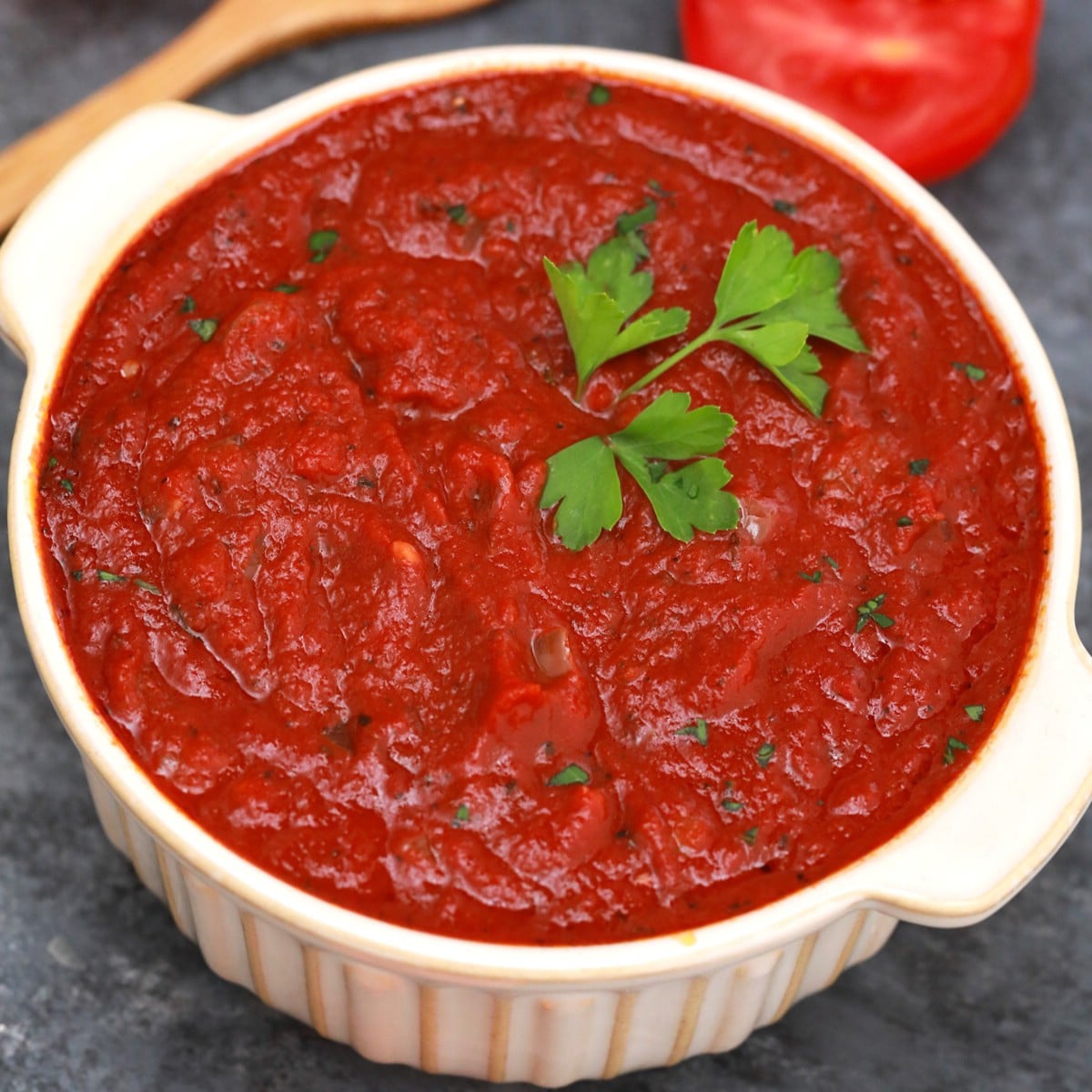
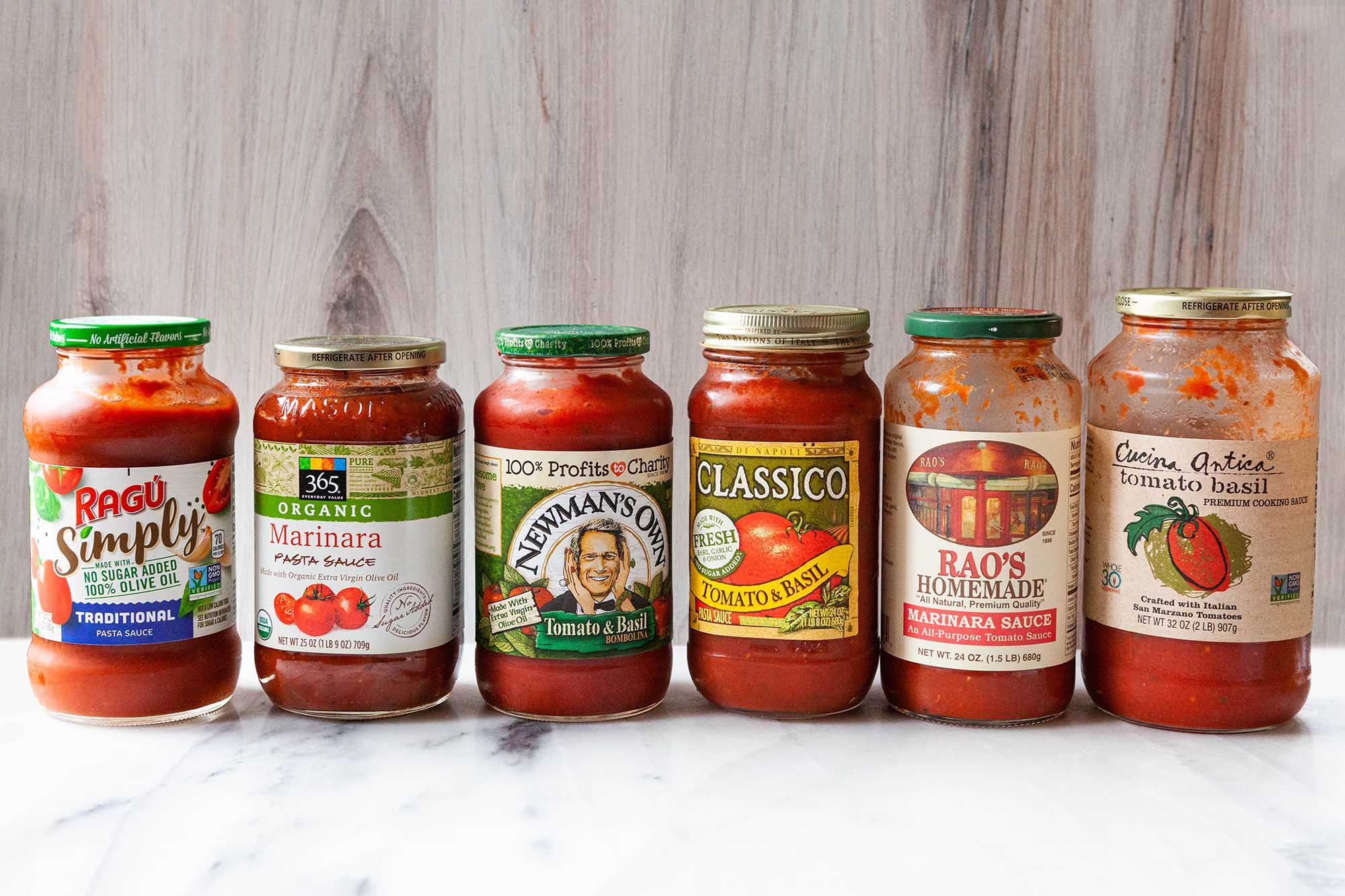
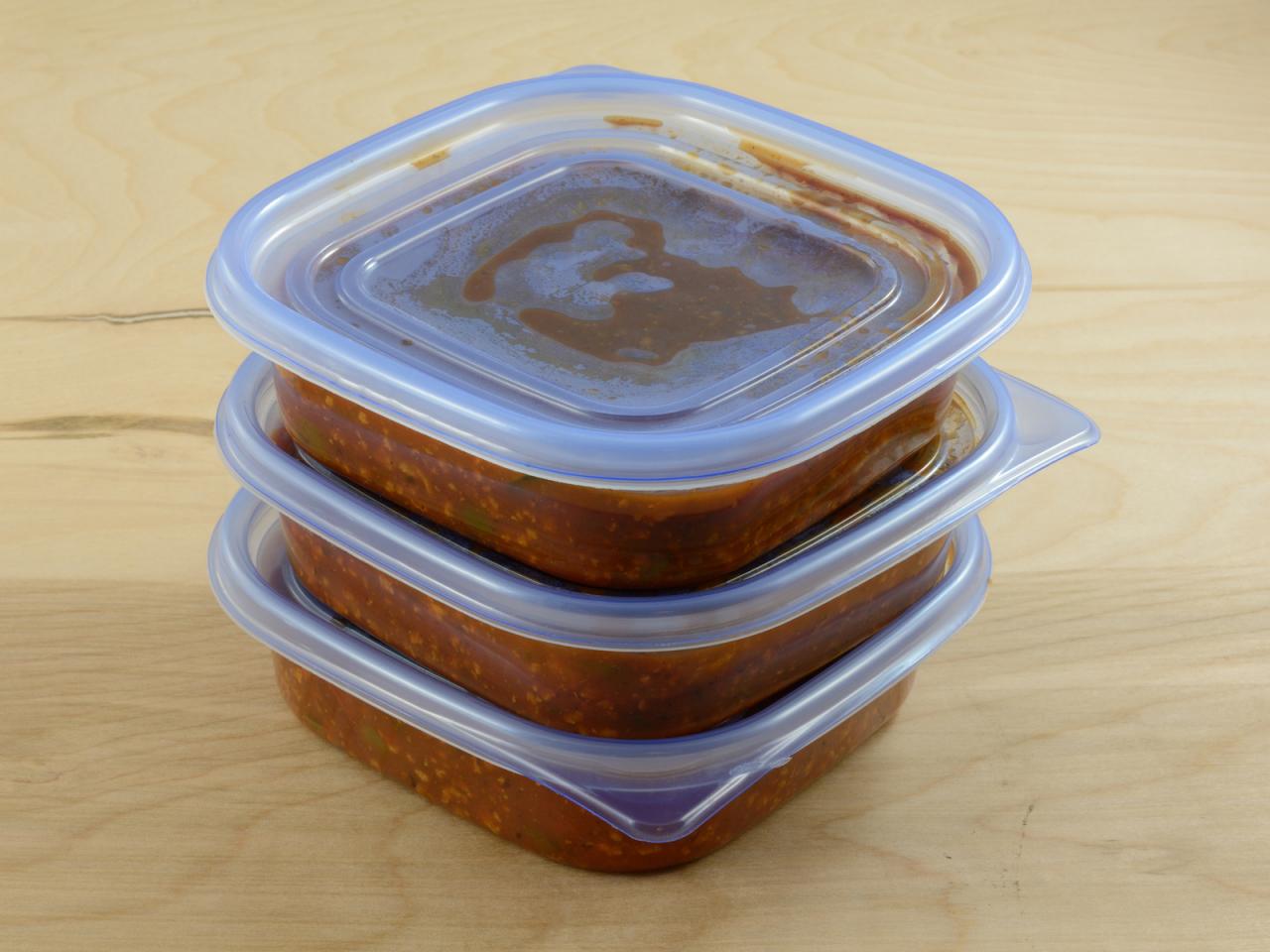
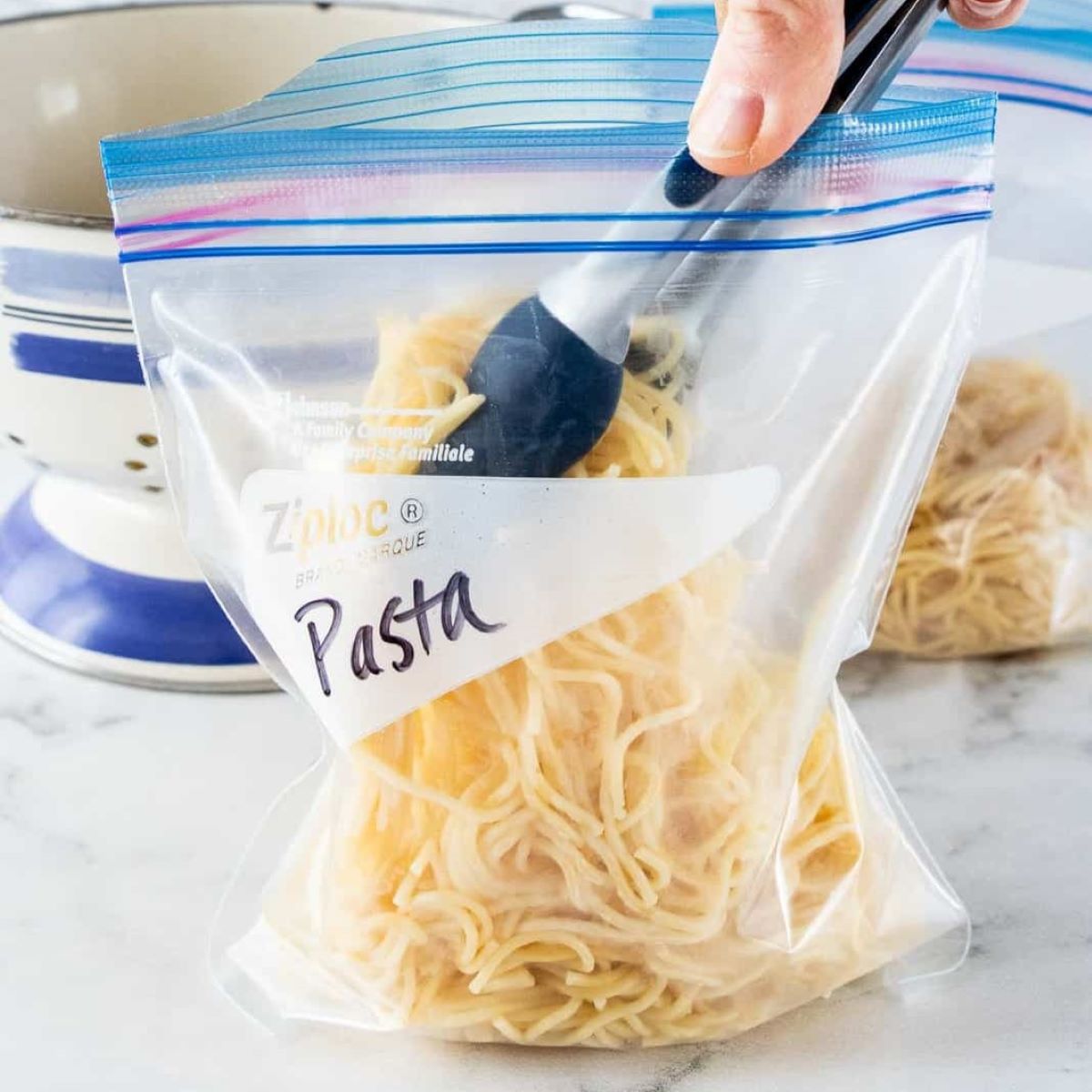
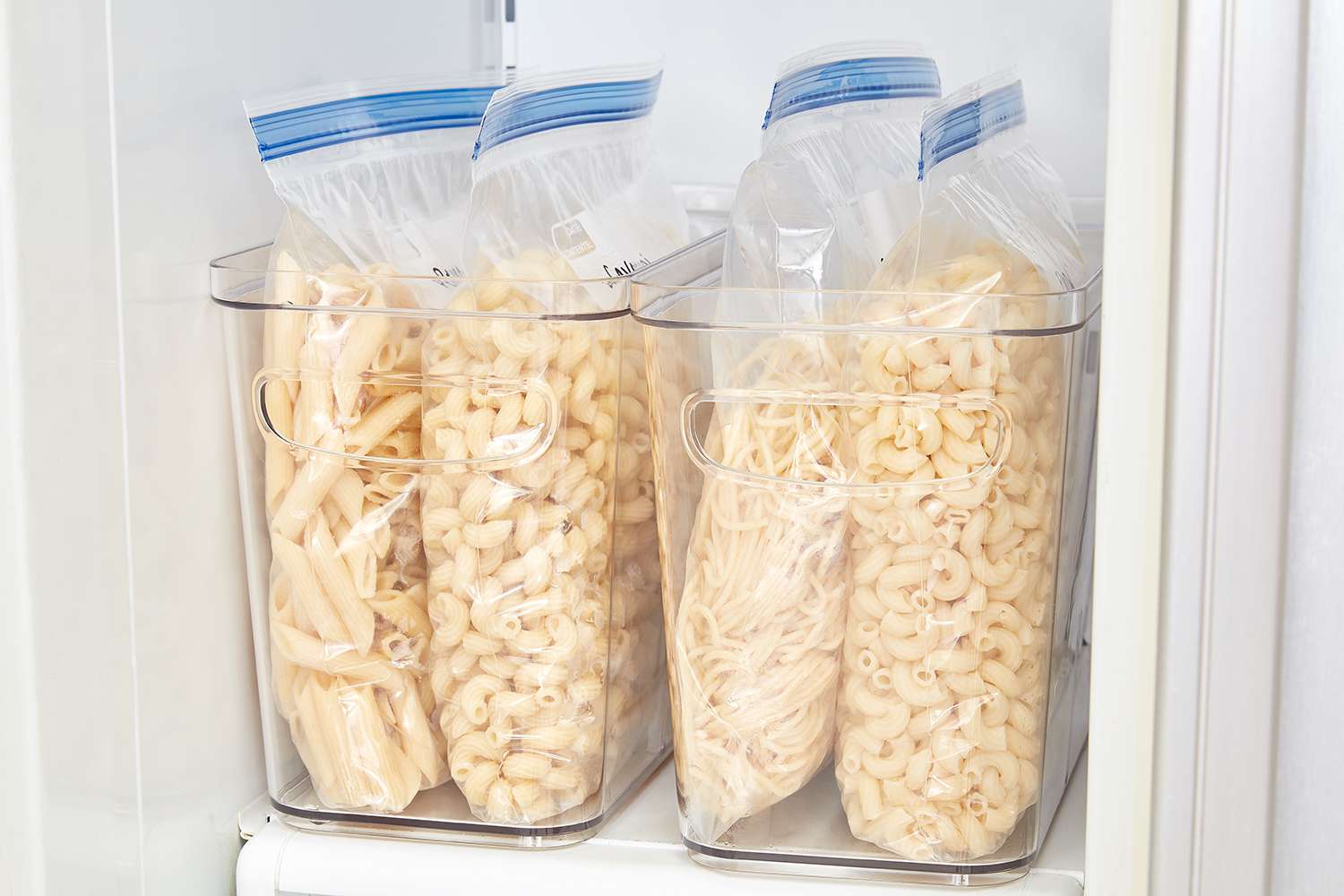

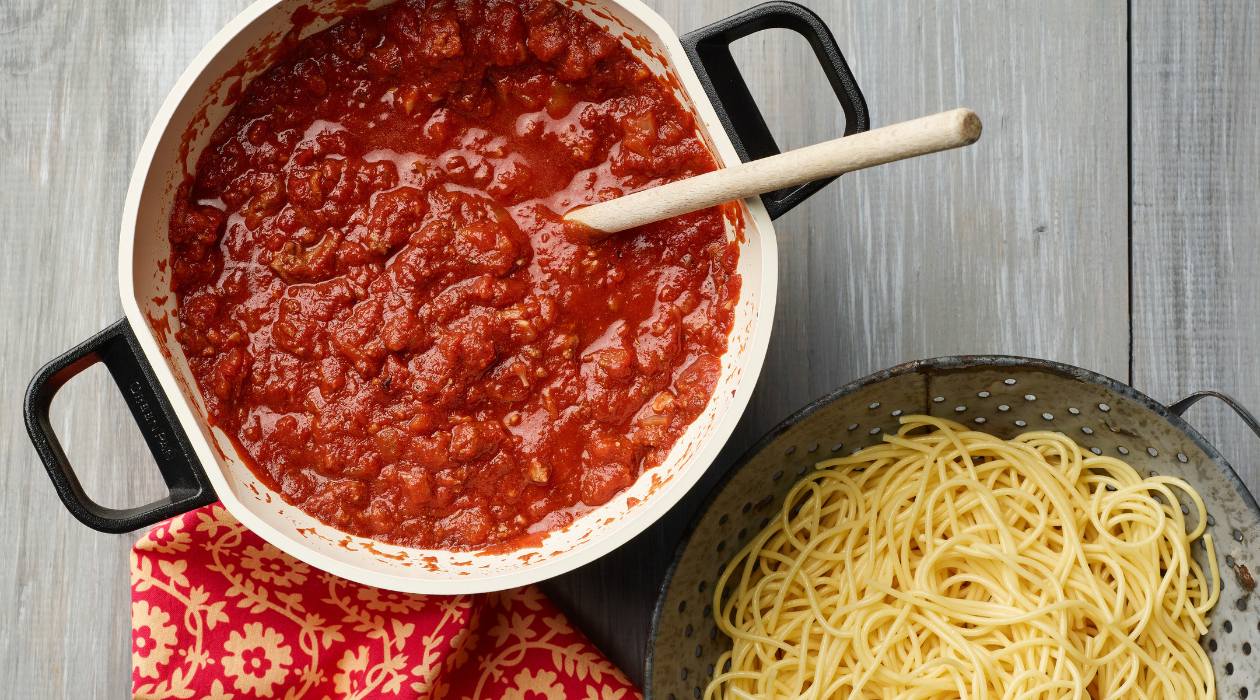
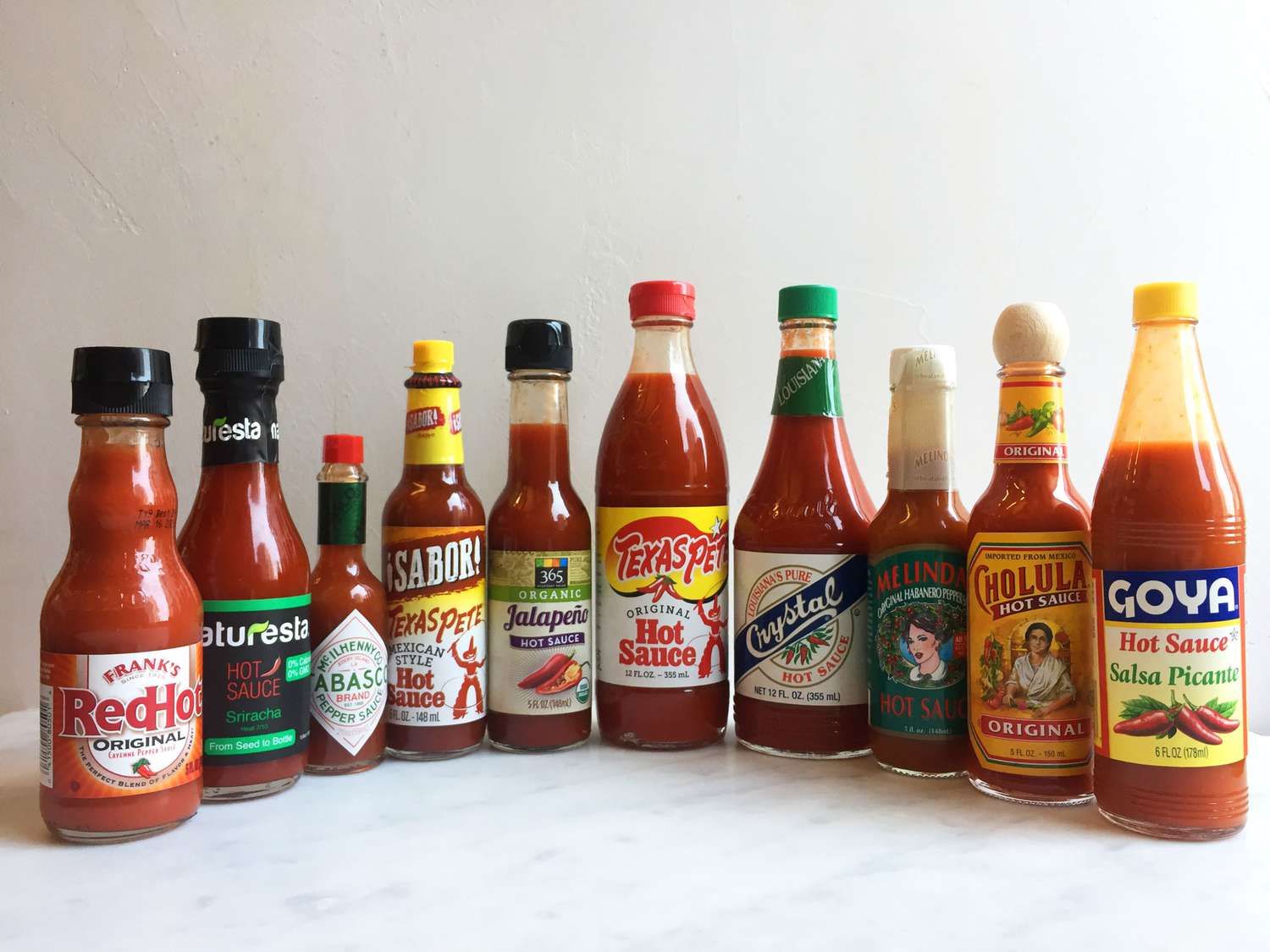


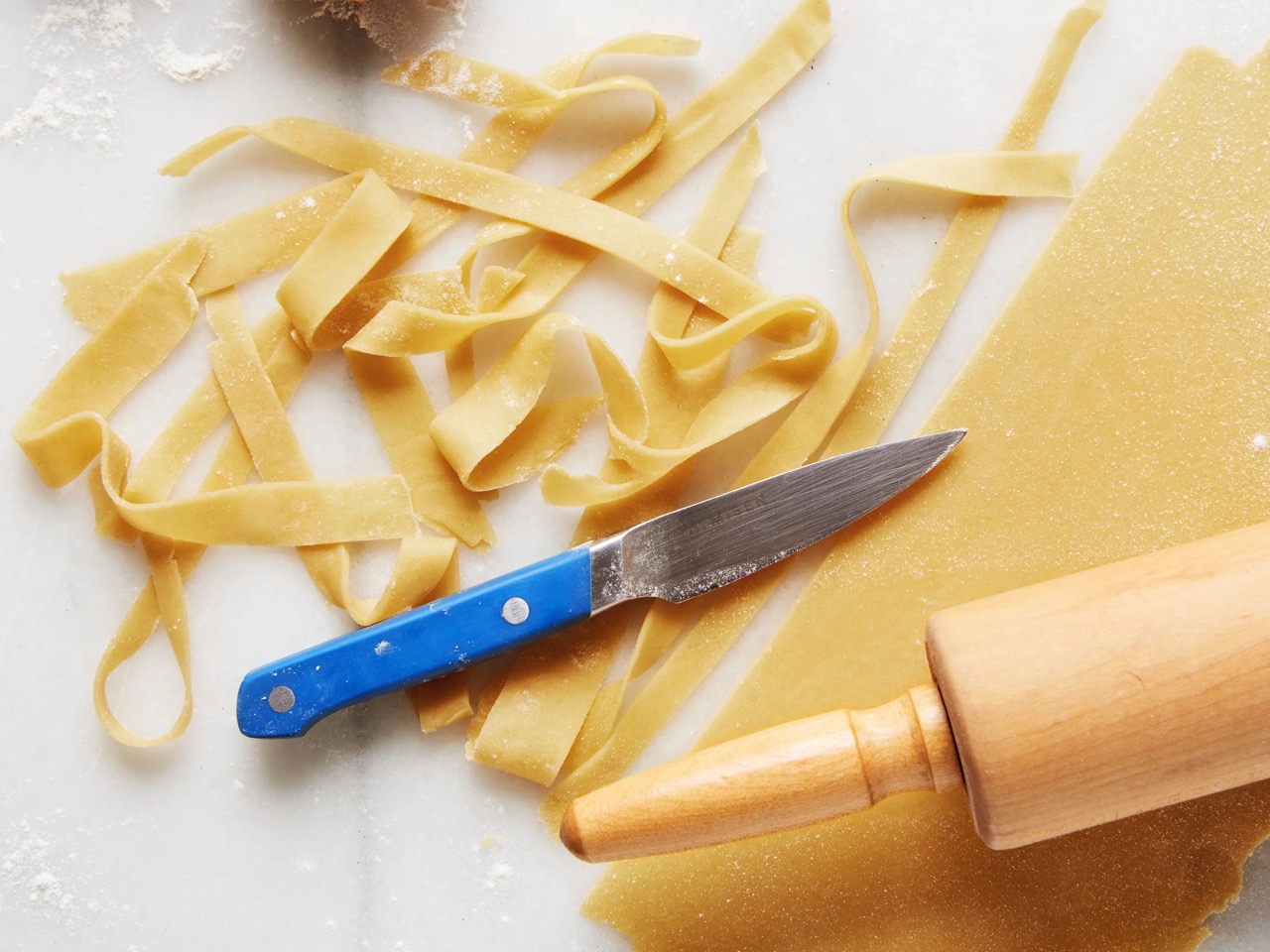
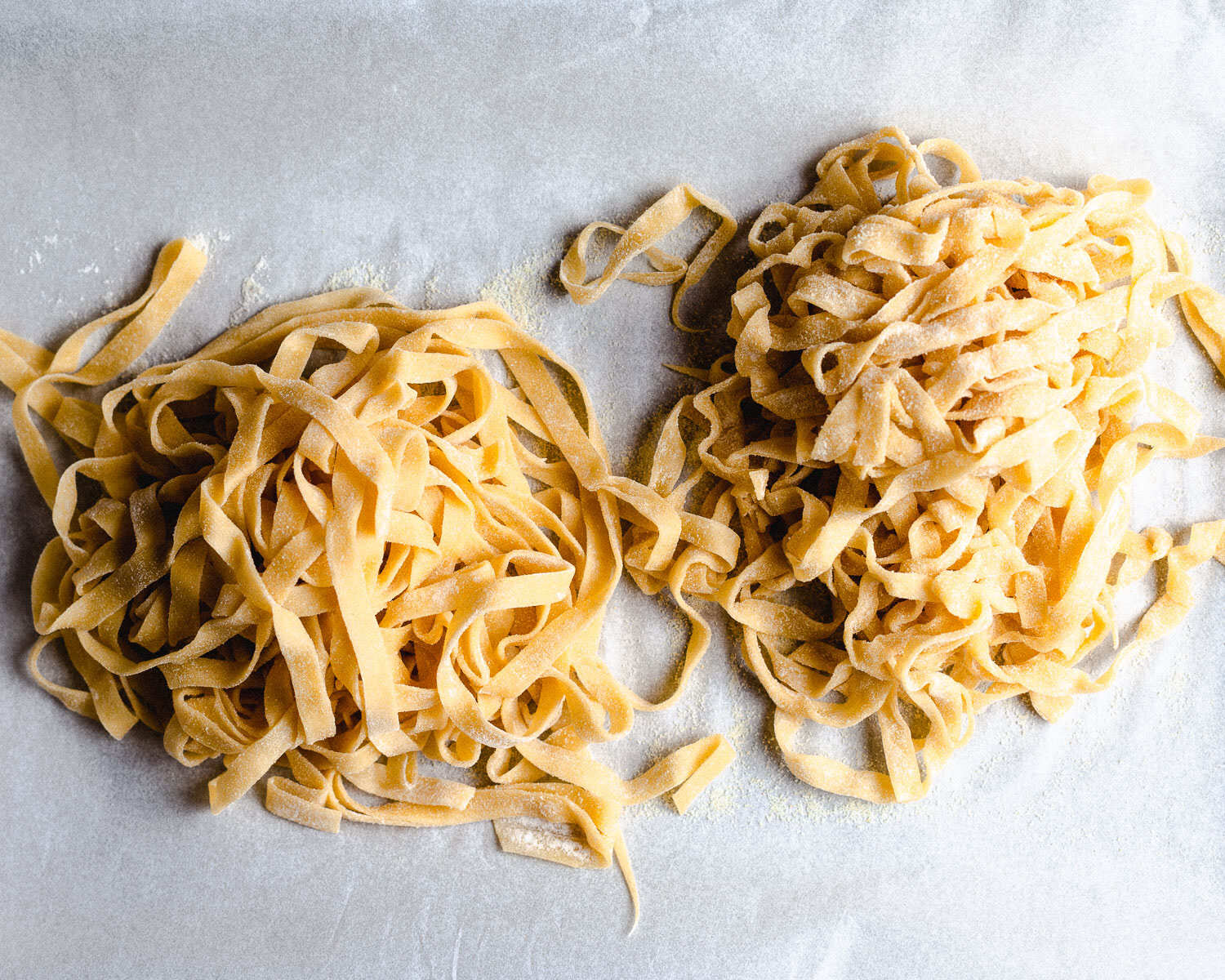
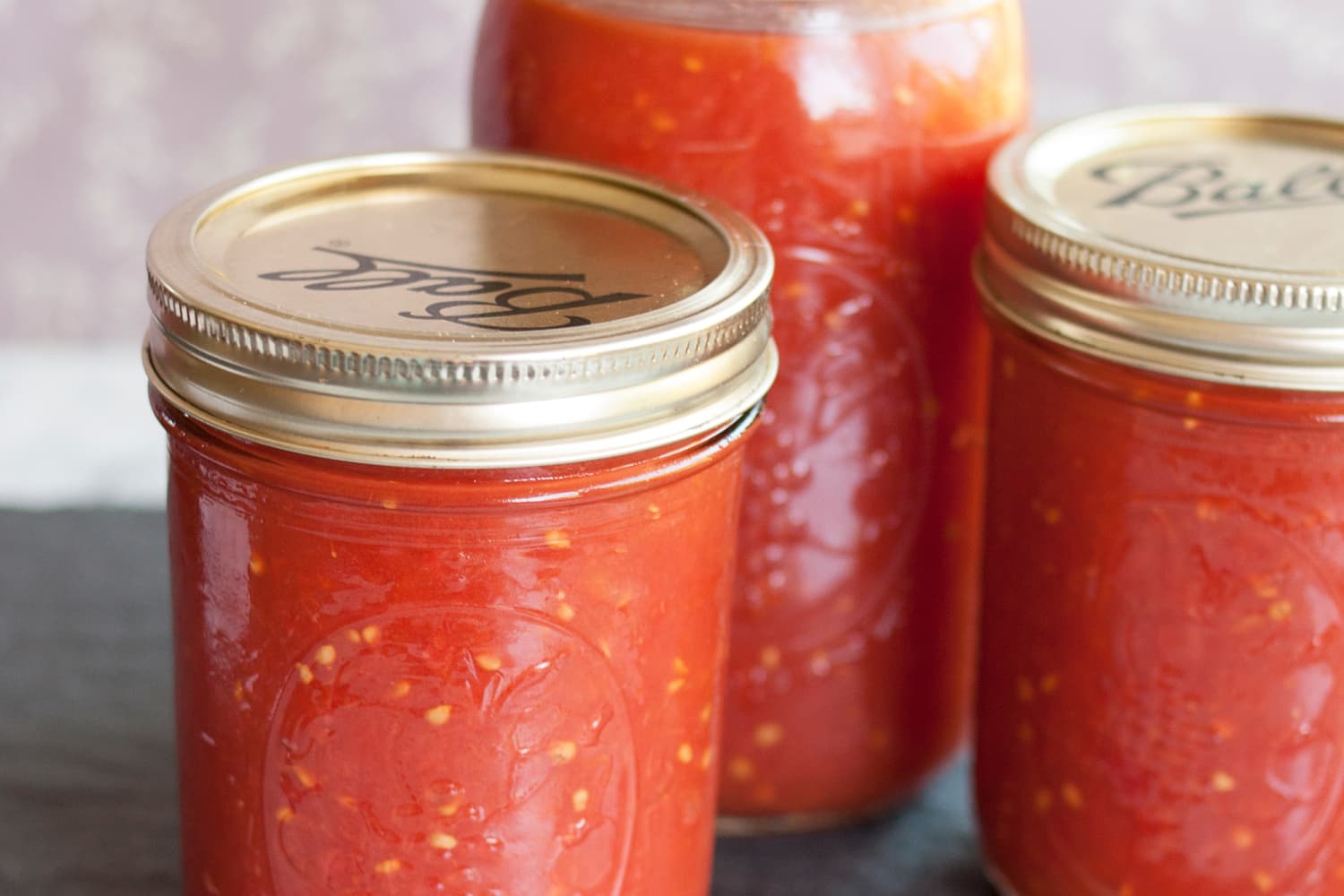


0 thoughts on “How To Store Pasta Sauce In Freezer”